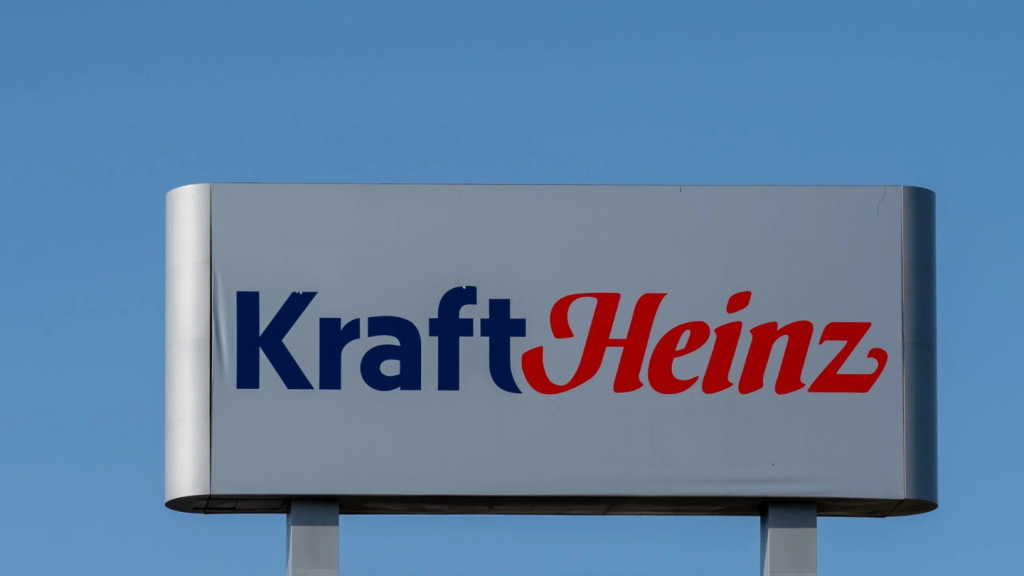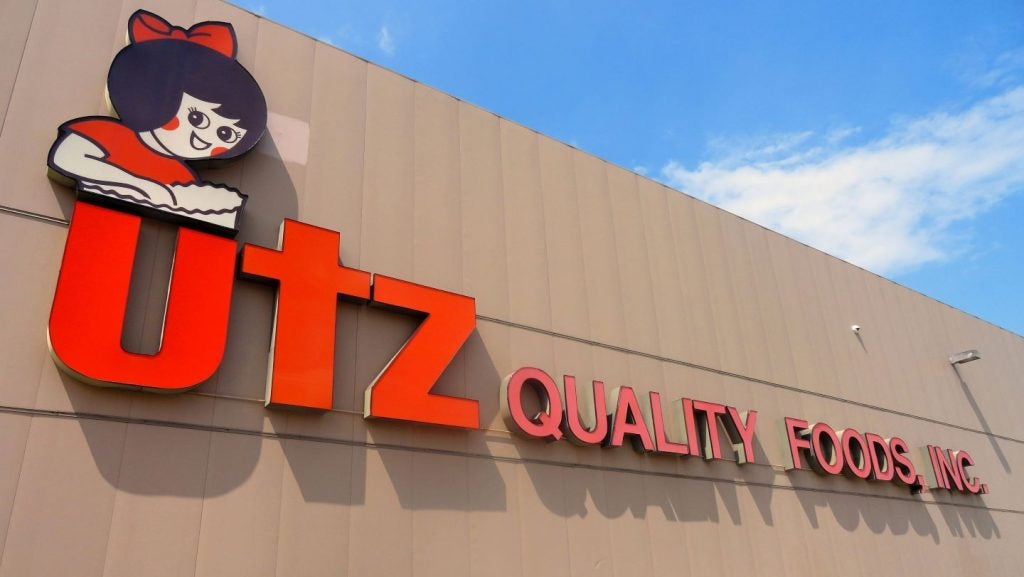
Has the Mars-Kellanova mega-deal awakened a sleeping giant, opening the door for further super-sized M&A in US packaged foods?
Industry analysts generally suggest not, although they don’t entirely rule out another similar transaction to the $36bn deal struck between privately-owned Mars and publicly-listed Kellogg spin-off Kellanova in August.
What is emerging, however, is what seems to be a trend for single-digit billion-dollar acquisitions by Big Food in the US although, at the same time, not overshadowing handshakes in the region of hundreds of millions of dollars.
A continuation of spinning-off ill-fitting businesses or brands by US food conglomerates would also seem to be the name of the game, according to some analysts, in order to drum down on core categories to foster growth. Such moves come in an environment when consumers are still financially stretched.
The Mars-Kellanova mega-deal was the first of its kind in the US since the merger between Kraft Foods and HJ Heinz in 2015. Of a different ilk, although sizeable, was JM Smucker’s $5.6bn acquisition of Hostess Brands last year. In September, the Federal Reserve cut interest rates in September, creating a more favourable funding landscape for M&A.
Why are analysts ruling out more mega-deals in US food?
Anti-competition barriers are one key roadblock, explains Randy Chapman, a US-based partner and managing director for consumer products at the consultancy AlixPartners.
For instance, the US Federal Trade Commission (FTC) still needs to approve the Mars-Kellanova deal, which has been slated for completion in the first half of next year. It took Campbell Soup Co. – now The Campbell’s Co. – seven months to get its $2.7bn purchase of Sovos Brands past the regulator.
Down on the ground in the grocery aisle, the circa $25bn mega-merger between Kroger and Albertsons has still not been finalised two years after the initial announcement, with the FTC leaning toward blocking the bid.
It’s not a very hospitable regulatory environment for mega-deals of these sorts.
Randy Chapman, AlixPartners
While Chapman discounts the chance of another super-sized food deal, he says “there’s always going to be outliers”, like with Mars and Kellanova. Financing, he adds, is still not “cheap”, despite the start of the easing rate cycle.
“If we step back and think about what you need to have in your favour in order to be in a merger, aggregation phase, you need to have cheap money and a very lenient or accommodating regulatory environment. We really have the opposite of both those things right now,” Chapman says.
“I think the US government, under the current administration, is taking a much harsher view on the anti-competitive impacts of merger deals and combinations. It’s not a very hospitable regulatory environment for mega-deals of these sorts.”
John Baumgartner, a managing director and analyst at Japanese investment bank Mizuho Securities, agrees there is likely to be some opposition from regulators to super-sized transactions and discounts the market murmurs of the likelihood of a cycle of consolidation sparked by the Mars-Kellanova deal.
“You’ve really had a lot of consolidation in this industry over the past 20, 30 or 40 years and I think there’s going be a natural limit to this because you get to a point where you become too big,” Baumgartner explains.

“The biggest example would be when Kraft and Heinz came together in 2015. If you have one company that has their attention spread between 15, 20, 30 or 40 categories that aren’t really growing, and you put them together with another big company that’s in 20, 30 or 40 categories but also aren’t growing, now you have one big company with 50, 60 or 80 categories that aren’t growing.”
Baumgartner emphasises his point. “I think what the industry realised following the Kraft Foods-Heinz merger, is that cost savings alone aren’t enough to justify a business case for these big mergers.
“You get to be a point where you’re too big and you get dis-synergies of scale. Competition authorities, in certain instances, are going to push back on some potential combinations. It just doesn’t make sense because they’re too big to run successfully, so I’d be very surprised if you see more large-scale acquisitions in the industry.”
A more comfortable size?
Nicholas McCoy, a managing director and co-founder of US-based M&A advisory Whipstitch Capital, suggests it’s not unfeasible that we might see more mega-deals but, as with the time-period gap between Kraft Foods-Heinz and Mars-Kellanova, they are likely to be an “infrequent” occurrence.
Huge transactions are not easy to complete and they require a “tremendous cash pile”, he says, adding the trend for deals in the single-digit billion dollar area is more likely to increase.
Such was the case with PepsiCo’s recent $1.2bn deal for US-based snacks business Siete Foods. General Mills, meanwhile, indicated last month it is seeking out a bolt-on acquisition target for $1-2bn after selling off its North American yogurt business to Lactalis and Sodiaal.
“These mega deals, we’re going to see more of them but I think we’re also going to see the start of a new wave of billion-dollar-plus buyers as these companies get combined,” McCoy suggests.
“The big companies, they’ve got a need for growth and have stated their interest in M&A. I think those are more approachable deals provided you’ve got brands that have the cash flow to support it.
“In talking to strategics, I continue to hear about focusing down to more core business. I think we will see some consolidation among the bigger names.”
Chapman at AlixPartners agrees, suggesting the US food industry has entered a “shed cycle”, aided by regulatory opposition to large merger deals.
Some big food companies have built up to a certain size through M&A and, although that provides an initial fillip and synergies, there comes a point when they need more growth and to unlock value in the share price, he explains.
“I think what we’re going to see is more bolt-on acquisitions where companies are looking for new pathways to grow that could be complementary to their existing capabilities,” Chapman says.
However, he proposes that M&A targets in the low billion-dollar area are scarce in the US, noting snacks maker Utz Brands probably fits that profile.

“It’s an attractive scale for a multinational to acquire. When multinationals acquire the $200-$300m deals they then get lost within the business and they never get the focus,” he says.
“I think that when they can find a larger transaction that is going to give it scale, call it a billion or more, then that’s really the sweet spot for the multinationals to transact on. The problem is there’s not a lot of companies at that level.
“Those are likely to be the types of transactions that we would probably see within this market, particularly if they are not anti-competitive in the eyes of the likes of the Department of Justice or the FTC.”
Trimming down
Baumgartner suggests spin-offs are the more likely scenario among big food companies rather than super-sized deals in the current climate, where valuations for businesses remain historically elevated.
“With equity valuations being higher, you may be able to get some reasonably good valuations for these businesses. But even aside from that, it’s just got to a point where these companies realise you just can’t acquire your way to prosperity and just smash a bunch of categories together,” he argues.
“They’re acknowledging that and recognising we actually have to shrink our businesses. If there are categories that aren’t really growing – unless there’s a real reason to hold on to it, like they generate crazy cash flow that we need to reinvest in other businesses – if it’s not a big cash-flow generator and it’s not a big growth business or a core competency for us, we’ll divest it.”
Such a scenario then feeds into the private-equity firms, Chapman says, as US food companies with really diversified portfolios seek to consolidate and hone their focus.
“They can turn out to be value-creation opportunities for the second holders, while still freeing up the big conglomerate to shed itself, potentially get valued at a higher multiple, but most importantly, give their management team greater clarity,” he explains.
“That’s how I think about it and why I believe that we’re likely to see more shed than maybe mega mergers in the next couple of years.”
Private-equity role
Private equity will also play another role for what you might call middle-of-the road food businesses, taking them through the development phase until they become potential M&A participants themselves, according to McCoy.
“I think we’re going to see more of these private-equity-backed, large companies that IPO and become buyers. And in some cases, they may or may not actually get bought by the prevailing strategics,” he argues.
I think we’re going to see more of these private-equity-backed, large companies that IPO and become buyers.
Nicholas McCoy, Whipstitch Capital
“When you look at the number of companies that are now not just over $100m in revenue but approaching over $200m that are independent, those companies have to go somewhere.
“They have to either IPO or they have to get combined by private equity, something has to happen to unlock that capital because these are successful brands with growth and with profitability.”
For the time being, Chapman suggests the investment environment is about right for food deals of a couple of billion dollars or so given US interest rates have started to come down, barring any adverse shock from the Middle East.
And he suggests private-equity firms will at some point have to begin offloading assets they have held beyond the typical five-year holding period because historically high borrowing costs have crimped buyers.
“I feel like people are going to start peering out. I’d say we’re at the beginning of the window opening but not the garage door opening. I think the conditions are right,” Chapman says.


